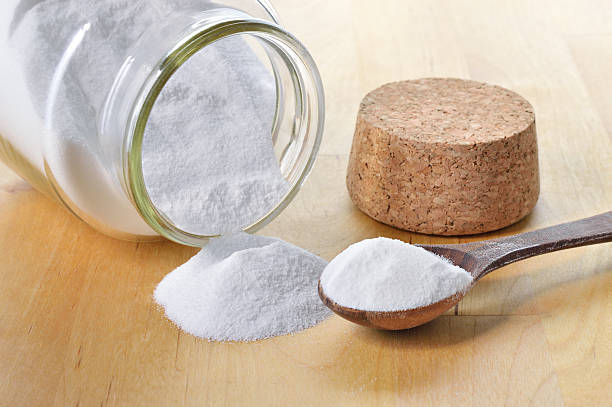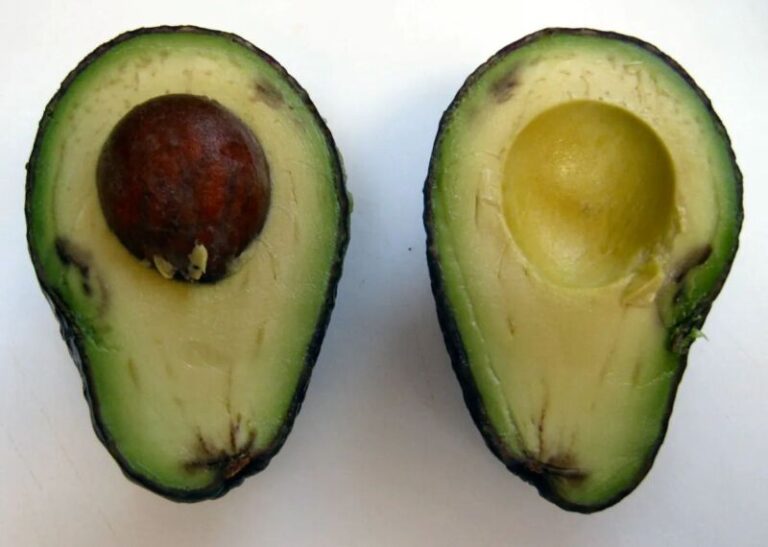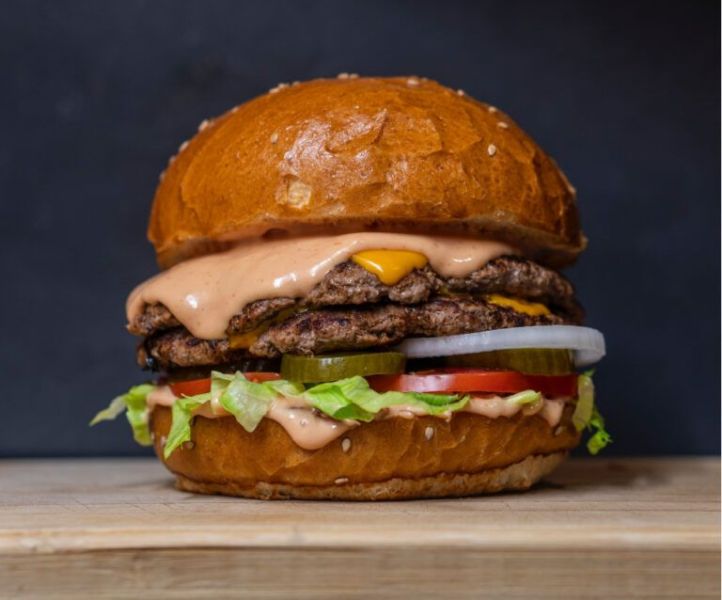Storing Baking Soda Long Term: The Complete Guide
Baking soda is one of the most versatile products in our pantries. Also known as sodium bicarbonate, this white powder has a multitude of uses from baking and cleaning to deodorizing and more. With so many applications, it makes sense to buy baking soda in bulk to save money. But proper storage is crucial to keep it fresh and effective for years to come.
In this complete guide, I’ll share everything you need to know about storing baking soda long term. You’ll learn why it’s important, the best storage containers and locations, maximizing shelf life, and signs that your baking soda has spoiled. With these simple tips, you can keep this pantry staple on hand and prevent waste from spoilage.
Why Store Baking Soda Long Term?
There are several key reasons why storing baking soda long term is a smart idea:
Cost Savings from Buying in Bulk
First, purchasing baking soda in larger quantities often costs significantly less per ounce. Rather than buying a small container every month or two, you can buy a few pounds at once for a fraction of the cost.
Always Have It On Hand
Storing a bulk supply also means you’ll always have baking soda when you need it. No more realizing mid-recipe that you’ve run out! It will be right there in your pantry for all your cooking, cleaning, freshening, and other household needs.
Avoid Waste from Spoilage
Finally, proper long term storage prevents baking soda from degrading over time. This keeps it effective and avoids the need to throw away spoiled, clumped up baking soda. With the right storage, your supply can last for several years.
Proper Storage Containers
To get the longest shelf life, the type of container you store baking soda in is very important. Here are the ideal options:
Airtight Containers
Air exposure causes baking soda to absorb moisture and clump together over time. Storing it in an airtight container prevents this. Look for containers with a rubber gasket seal to lock out air. Mason jars also work well.
Opaque vs Clear Containers
While clear containers allow you to easily see your supply, they also let in light that can accelerate spoilage. Opaque containers block light and help extend shelf life. If using clear jars, store them in a dark pantry or cabinet.
Smaller Containers
Once opened, baking soda will slowly absorb moisture each time. Transferring it to smaller containers minimizes air exposure after opening a new package. Use several smaller containers rather than one large one.
Labeling
Be sure to label your containers with the expiration or purchase date. This allows you to easily track which supply is oldest and use it first.
Ideal Storage Locations
Where you store your baking soda also affects its freshness:
Cool, Dry Place
Avoid humidity and heat, which speed up degradation. Store baking soda in a pantry or cabinet away from warm appliances, sunlight, steamy bathrooms, etc.
Away from Odors and Chemicals
Baking soda readily absorbs odors from other pantry items like spices, coffee, and cleaning products. Keep it away from these to prevent it from picking up other scents.
Refrigerator vs Pantry
While refrigeration can extend shelf life, it’s not necessary. An unopened box can be stored at room temperature in a dry pantry for up to 18 months. Once opened, transferring some to an airtight container in the fridge helps prolong freshness.
Maximizing Shelf Life
You can further extend the shelf life of baking soda with these extra tips:
Removing Excess Air
Press down on open boxes or containers to compact the powder. This minimizes the air space inside that can introduce moisture over time.
Using Moisture Absorbers
Add a desiccant packet to your storage container. These absorb humidity and keep the baking soda dry.
Freezing vs Refrigerating
While refrigerating helps, freezing unused baking soda actually preserves its shelf life even longer. If you don’t plan to use it soon, pop the container in the freezer.
Signs of Spoilage
Watch for these signals that your baking soda is past its prime:
Clumping
Moisture absorption causes dry baking soda to develop hard clumps. If you can’t break up the clumps by pressing on them, it’s time to replace that batch.
Loss of Leavening Power
To test efficacy, mix a teaspoon of baking soda with some vinegar. It should immediately fizz and bubble. No reaction means it’s no longer effective as a leavening agent.
Absorption of Odors
Baking soda stored near pantry odors may pick up those scents. If yours smells like spices or coffee, it’s spoiled.
Expired Use-By Date
Check any expiration or use-by date printed on the box or container. If stored properly, baking soda lasts 12-24 months after opening.
Conclusion
With its many uses in cooking, cleaning, deodorizing, and more, baking soda is a versatile pantry staple. Storing it properly allows you to buy in bulk and always have it on hand when you need it. By keeping it in airtight opaque containers in a cool, dry place, baking soda can easily last 24 months or more after opening. With these simple storage tips, you can save money, prevent waste, and keep this multipurpose item fresh for whenever you need that next baking soda fix.






